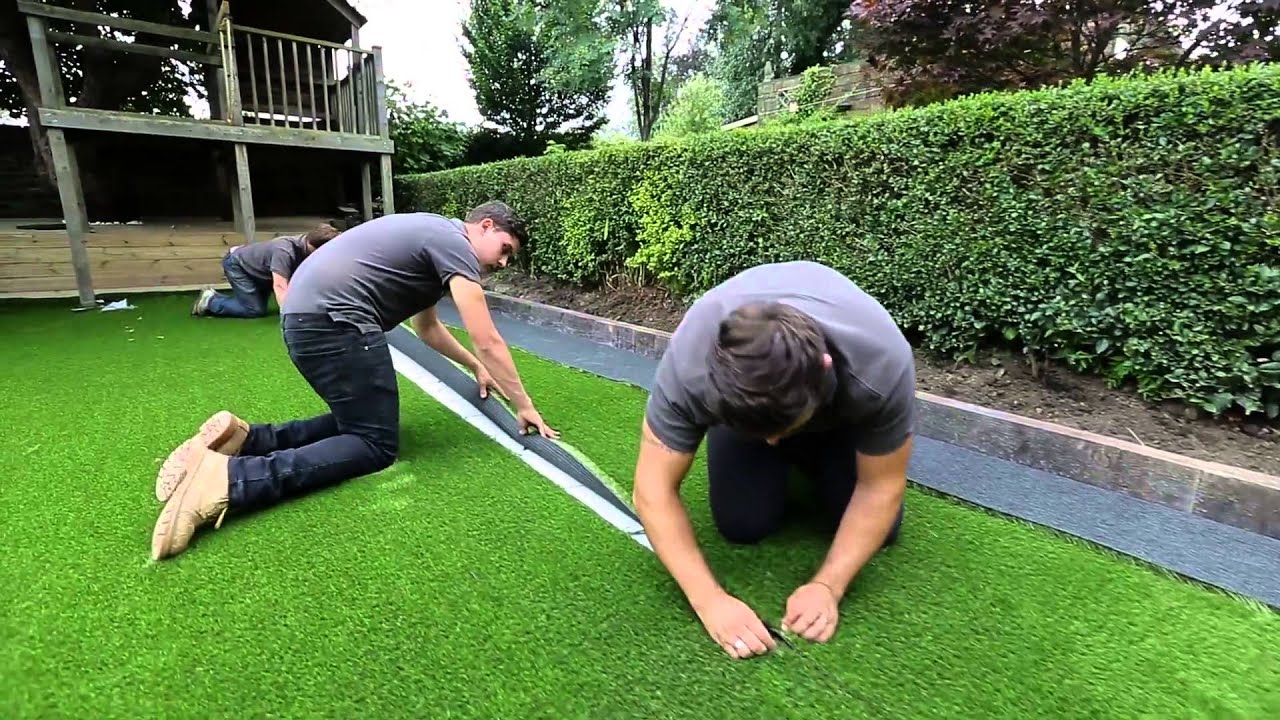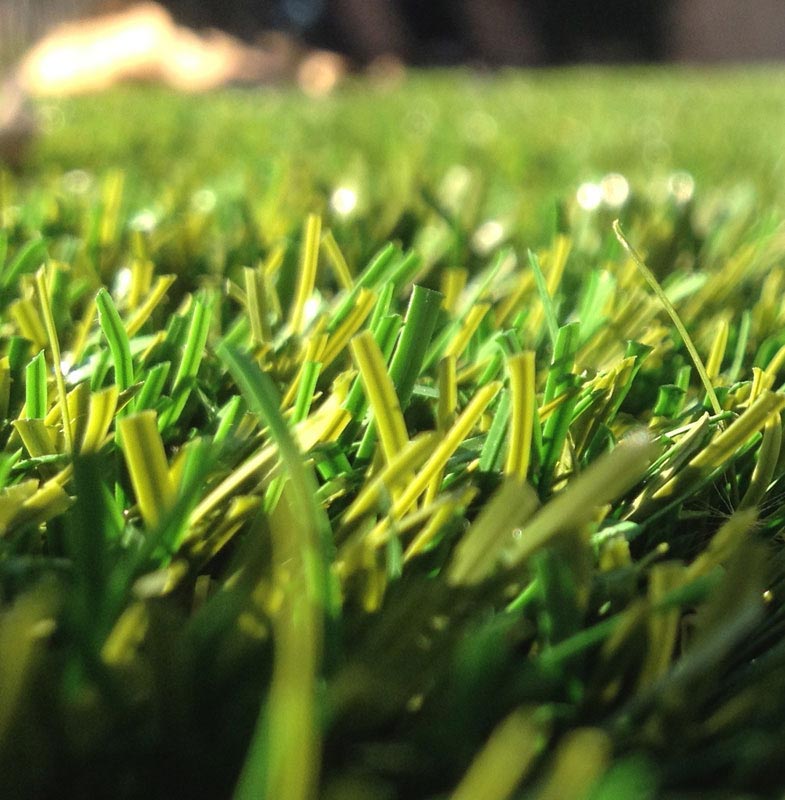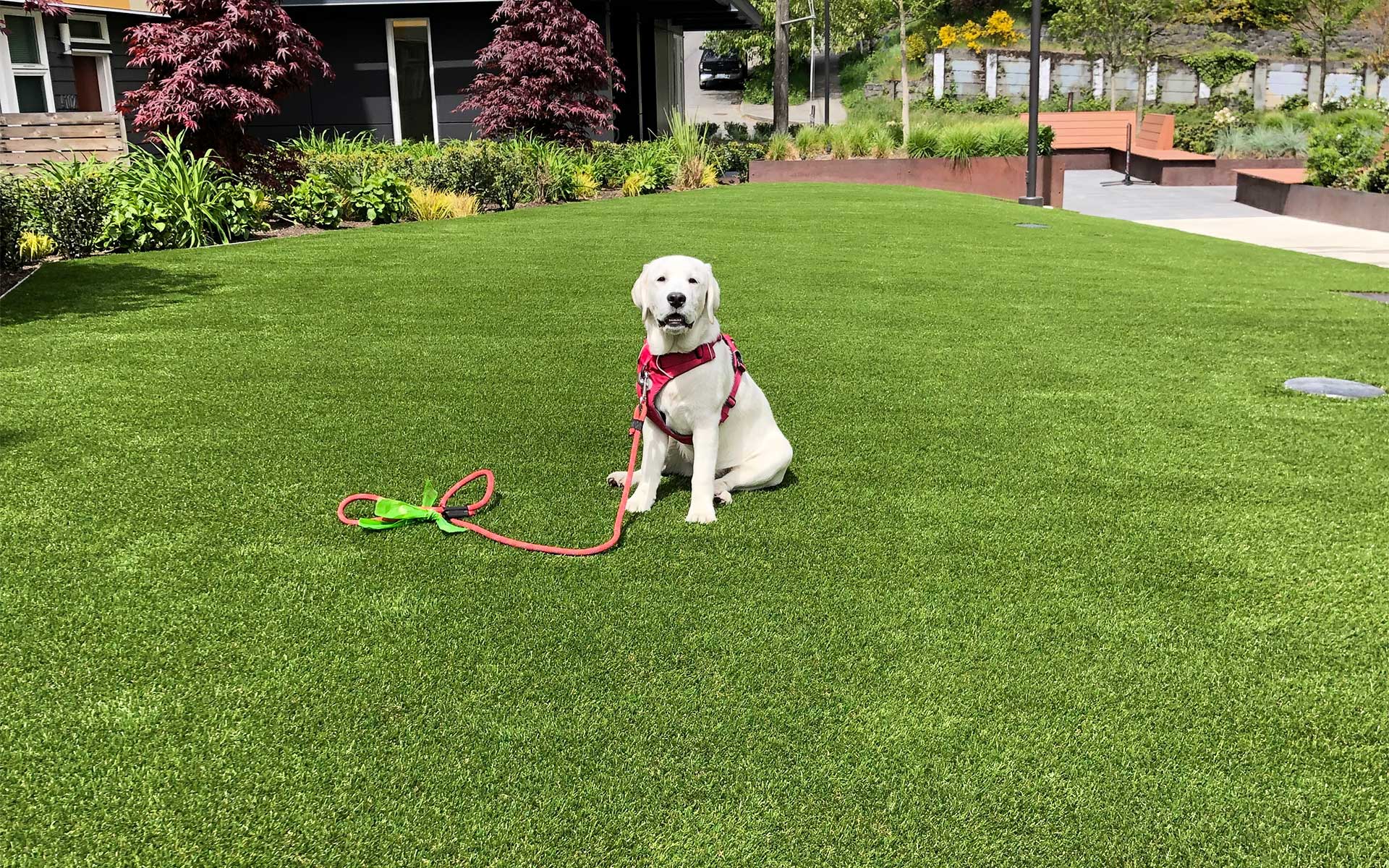Look Into the Environmental Benefits of Opting for Synthetic Grass Solutions
The fostering of synthetic grass options provides a compelling opportunity to address pushing ecological difficulties. By dramatically reducing water usage and minimizing the application of harmful chemicals, these options not just promote lasting landscape design however additionally safeguard local communities.
Water Conservation Perks
One of the most significant benefits of synthetic grass is its capability to save water. Standard turf yards need considerable watering, specifically in areas vulnerable to dry spell or water limitations. On the other hand, synthetic grass does not need watering, significantly minimizing the overall need for water resources. This attribute is particularly valuable in deserts where water shortage is a pushing problem.
By getting rid of the demand for normal watering, synthetic grass adds to lasting landscape techniques and aids minimize the environmental impact of excessive water usage. Moreover, the preservation of water expands to the reduction of runoff, which can bring about soil erosion and waterway contamination.
Additionally, the installation of synthetic grass permits house owners and districts to allot water resources more efficiently, focusing on vital usages such as drinking water and farming. The shift in the direction of synthetic turf not just promotes accountable water usage yet also straightens with wider ecological objectives focused on maintaining natural deposits.
As neighborhoods progressively focus on sustainability, the water preservation advantages of synthetic grass provide a compelling case for its adoption in commercial and domestic landscape design jobs.
Lowered Chemical Usage
The shift to synthetic grass dramatically lowers the dependence on chemical therapies commonly used in natural turf upkeep. Standard grass management typically involves the application of plant foods, pesticides, and herbicides to advertise development and control bugs. These chemicals can posture dangers to human wellness, neighborhood wildlife, and the setting, adding to dirt and water contamination.
In comparison, man-made grass eliminates the requirement for these unsafe materials. By minimizing the launch of artificial substances into the ecosystem, synthetic turf advertises much healthier dirt and water systems.
Moreover, the lack of chemical drainage related to synthetic grass setups aids safeguard regional rivers from air pollution, sustaining aquatic life and preserving biodiversity. Arizona artificial turf. As neighborhoods significantly focus on sustainable techniques, deciding for artificial grass offers a viable option that aligns with environmental conservation objectives. Via this shift, homeowner can take pleasure in lush eco-friendly spaces without endangering ecological health and wellness, paving the method for a much more lasting future
Reduced Carbon Impact

Moreover, the setup of fabricated grass can result in substantial water preservation. Natural he has a good point yards need significant amounts of water for watering, which not just contributes to the carbon footprint connected with water removal and treatment but likewise strains local water sources. In contrast, fabricated turf needs minimal maintenance, needing no watering, thus significantly reducing water use and its linked energy expenses.
Furthermore, the durability of synthetic grass adds to its decreased carbon influence. With a life-span of approximately 15 years or even more, the need for regular substitutes is lessened, resulting in less waste and lower energy usage in production and throwing away typical lawn alternatives. Generally, synthetic grass offers a sustainable alternative for ecologically mindful landscaping.
Habitat Conservation
Environment preservation is an important consideration in the argument over landscape design options, especially when comparing synthetic lawn to natural yard. All-natural grass lawns usually need comprehensive maintenance, including using chemicals, plant foods, and herbicides, which can detrimentally affect local environments. These chemicals can seep right into the dirt and waterways, hurting indigenous plants and animals and disrupting neighborhood habitats.
Fabricated lawn eliminates the demand for harmful chemicals, therefore shielding nearby wildlife and maintaining the stability of surrounding communities. The setup of artificial grass can lead to the conversion of former lawn locations right into more biodiverse landscapes, such as pollinator yards or native plant areas, which can sustain neighborhood wildlife.
Ultimately, the shift to synthetic lawn not only conserves water and decreases upkeep efforts but likewise promotes a more unified relationship between human activities and the all-natural setting, promoting habitat conservation at the same time.
Long-Term Sustainability
Long-term sustainability is an essential aspect in examining the advantages of fabricated grass over typical grass yards. Among one of the most substantial advantages of synthetic grass is its durability; it can last up to 15-20 years with very little maintenance, whereas natural grass calls for frequent reseeding and replacement. This longevity reduces the need for constant sources, such as water, plant foods, and pesticides, which are necessary for preserving a more information healthy grass yard.
In addition, synthetic grass adds to a reduction in carbon discharges connected with lawn treatment equipment. Conventional grass frequently call for gas-powered lawn mowers, leaners, and blowers, all of which add to air contamination. Arizona turf. On the other hand, synthetic grass gets rid of the demand for such devices, advertising a cleaner setting
Additionally, the manufacturing of synthetic grass increasingly makes use of recycled materials, improving its sustainability profile. As suppliers embrace eco-friendly practices, the environmental impact of synthetic turf remains to diminish.

Verdict
The adoption of artificial lawn options offers significant ecological advantages, including substantial water preservation, reduced reliance on damaging chemicals, and a lower carbon footprint. Fabricated turf aids in preserving all-natural environments by lessening land disruption and advertising long-term sustainability via the use of resilient materials. Collectively, these elements emphasize the possibility of synthetic grass to add favorably to environmental health and provide a feasible choice to typical landscape design practices in a significantly resource-conscious globe.
In comparison, fabricated lawn does not need watering, considerably lowering the overall demand for water sources. By lessening the launch of synthetic substances right into the environment, artificial turf advertises much healthier soil and water systems.
Additionally, great post to read the installation of synthetic lawn can result in considerable water preservation. In contrast, man-made turf requires marginal maintenance, needing no watering, thereby dramatically minimizing water use and its associated power expenses.
